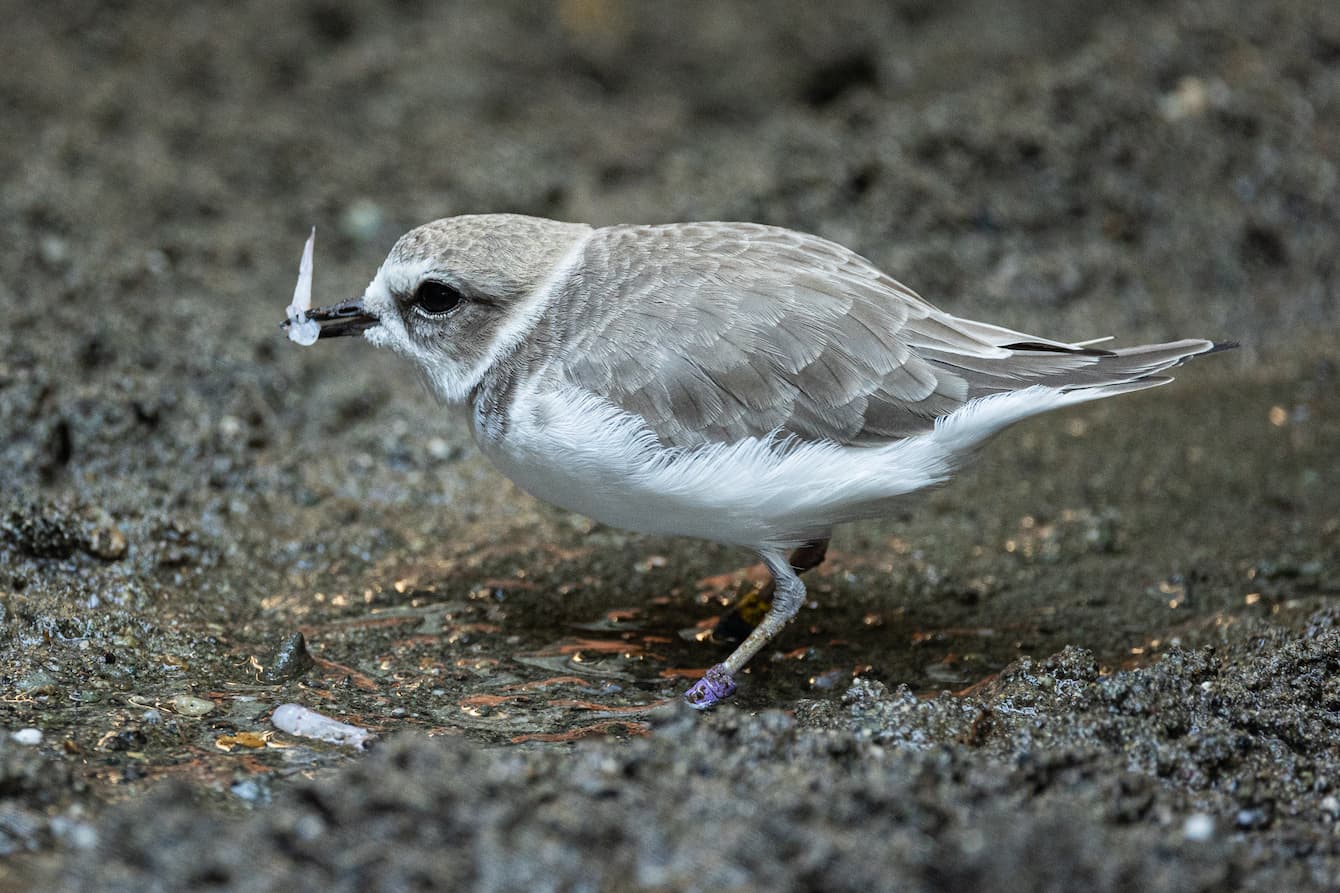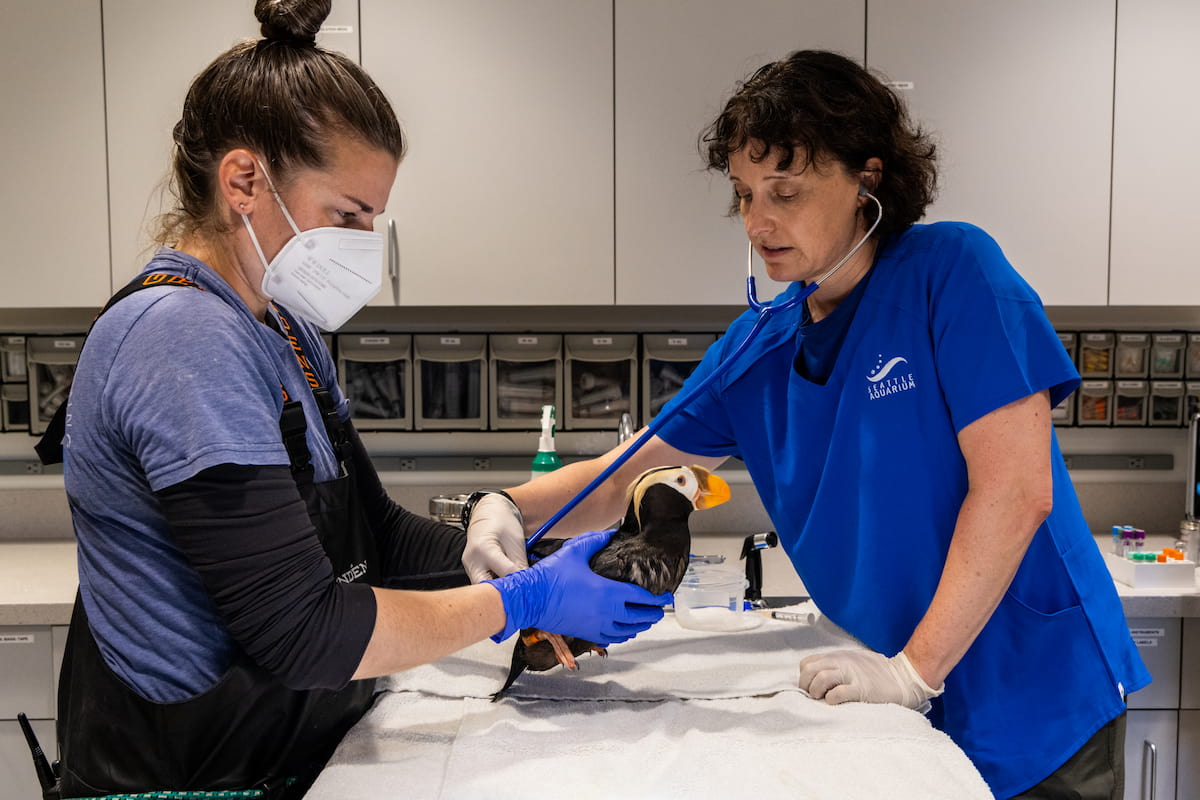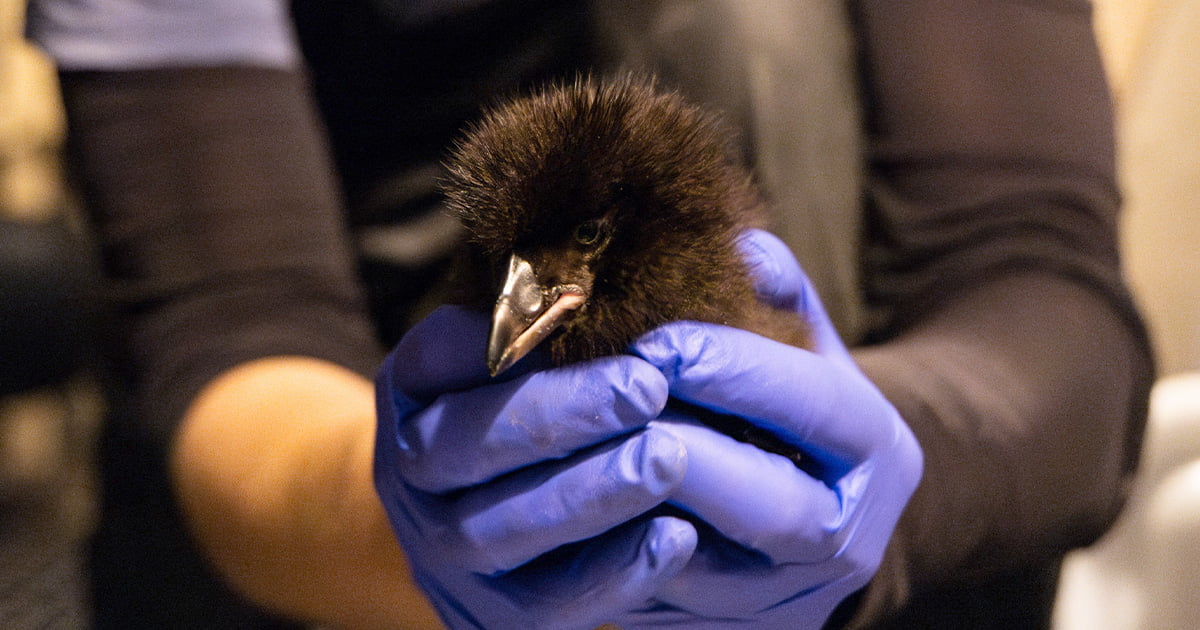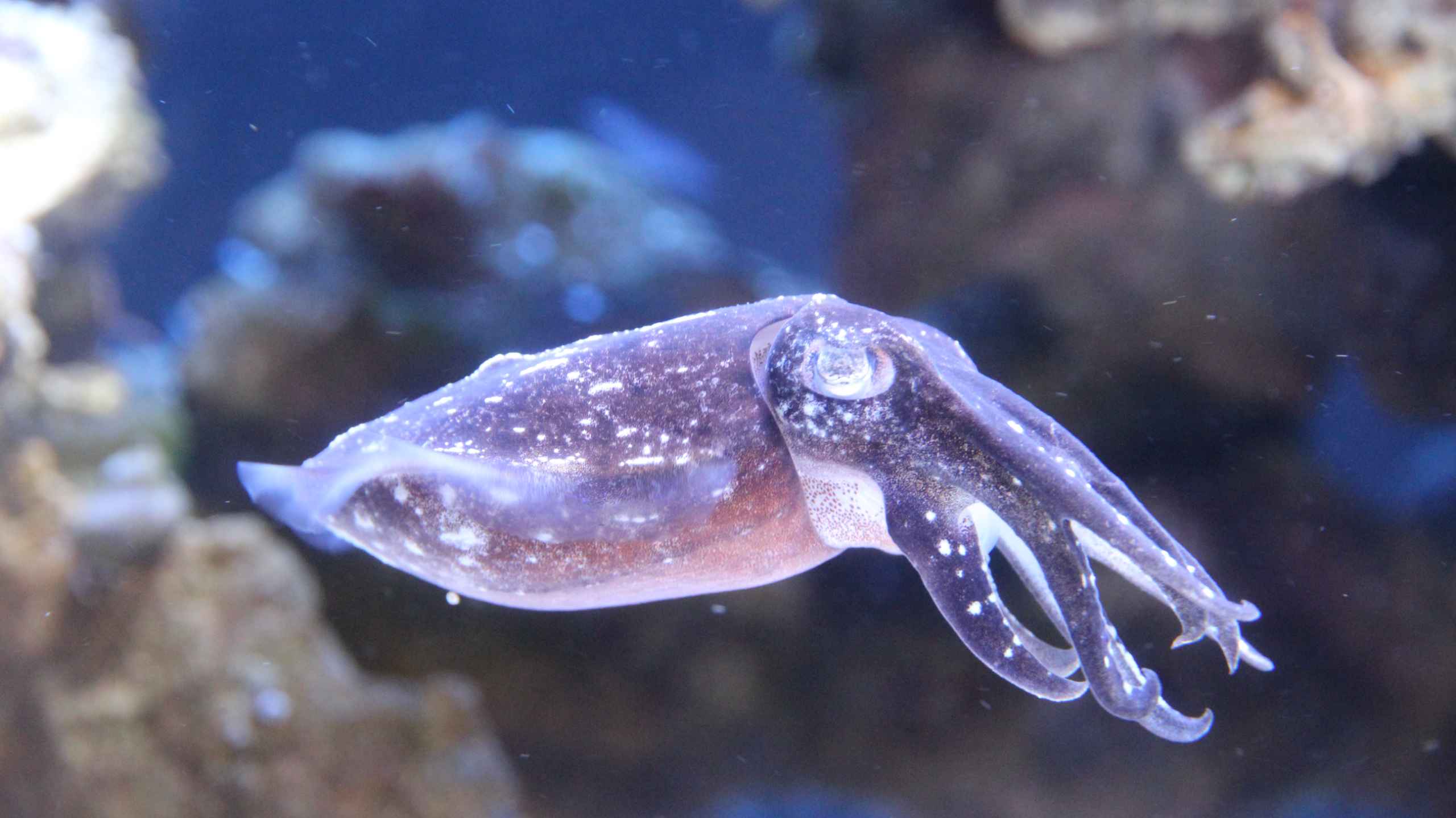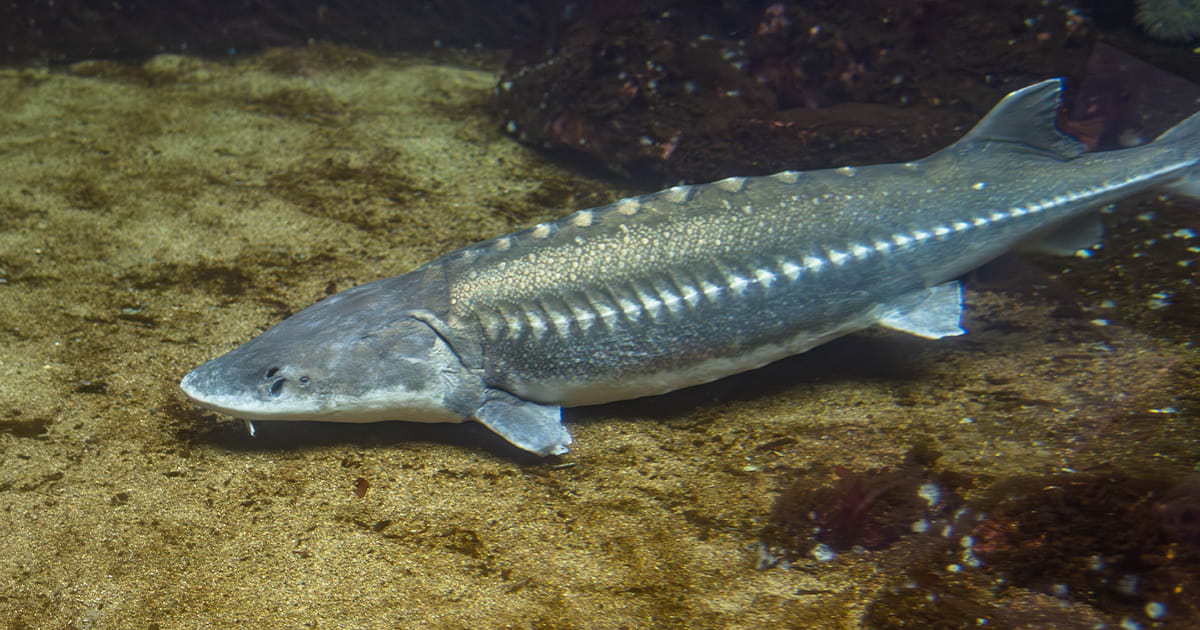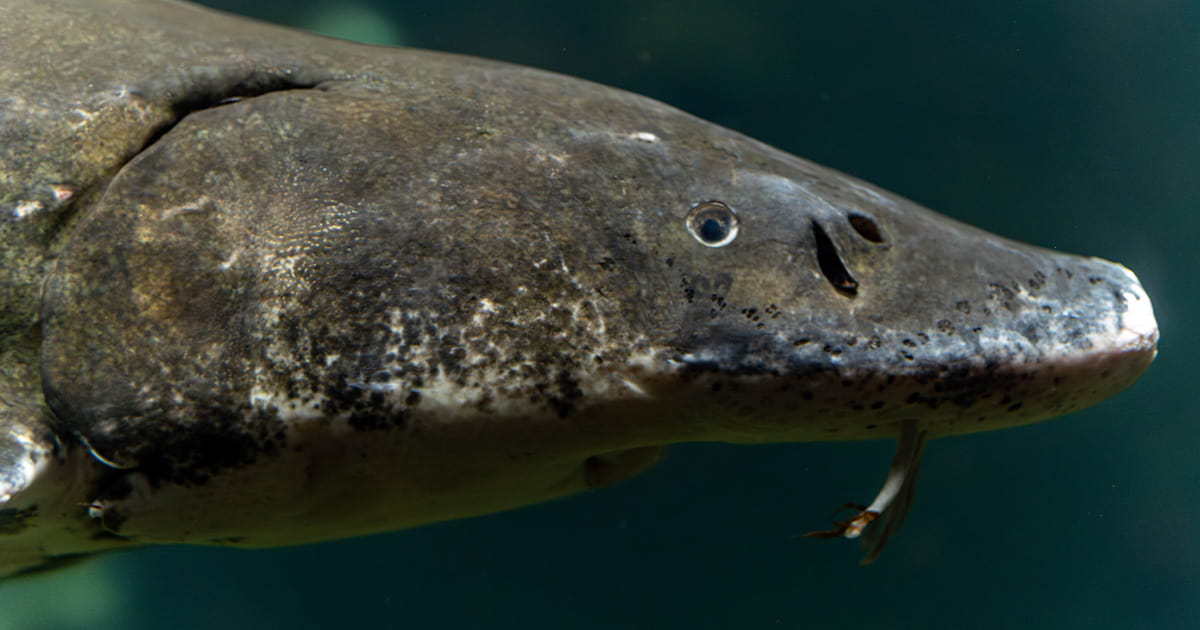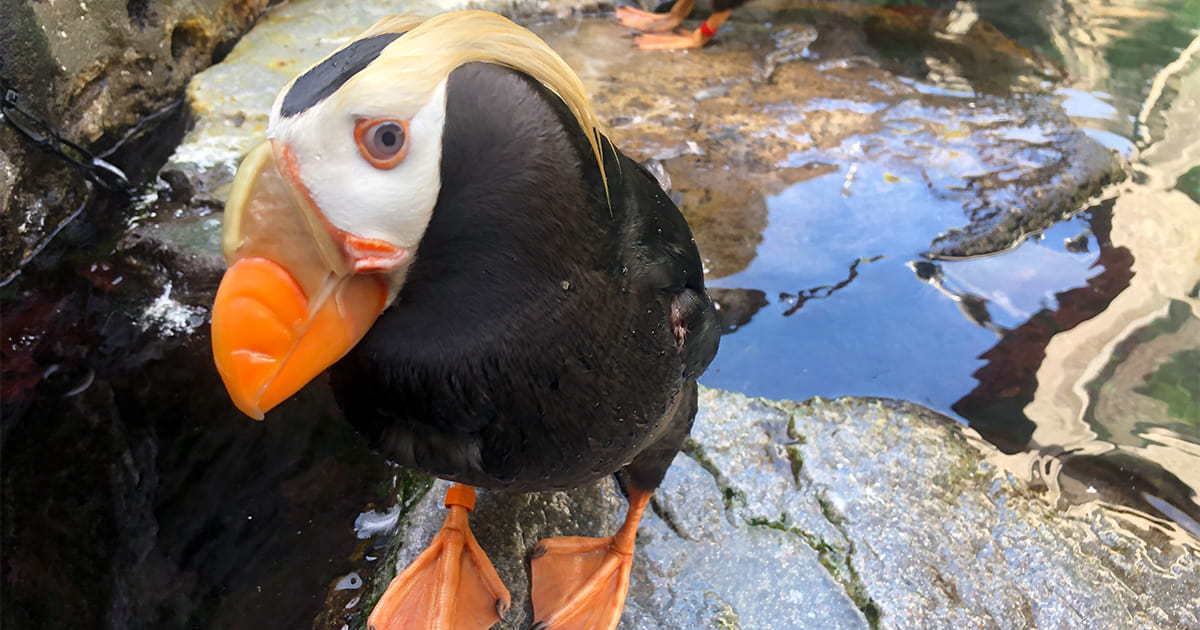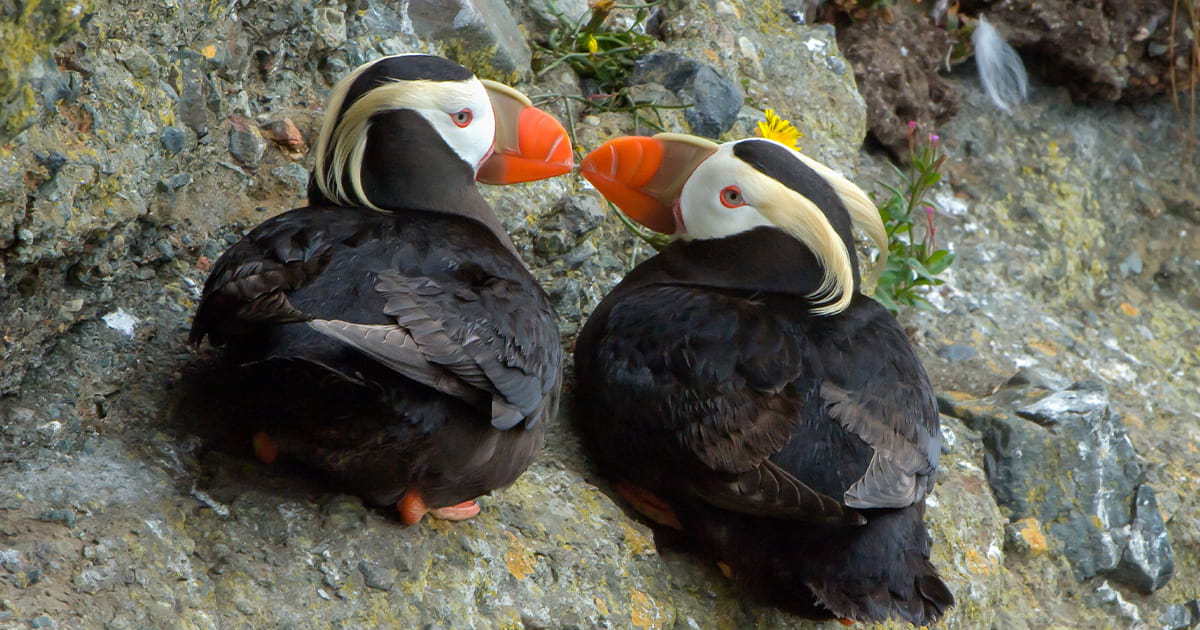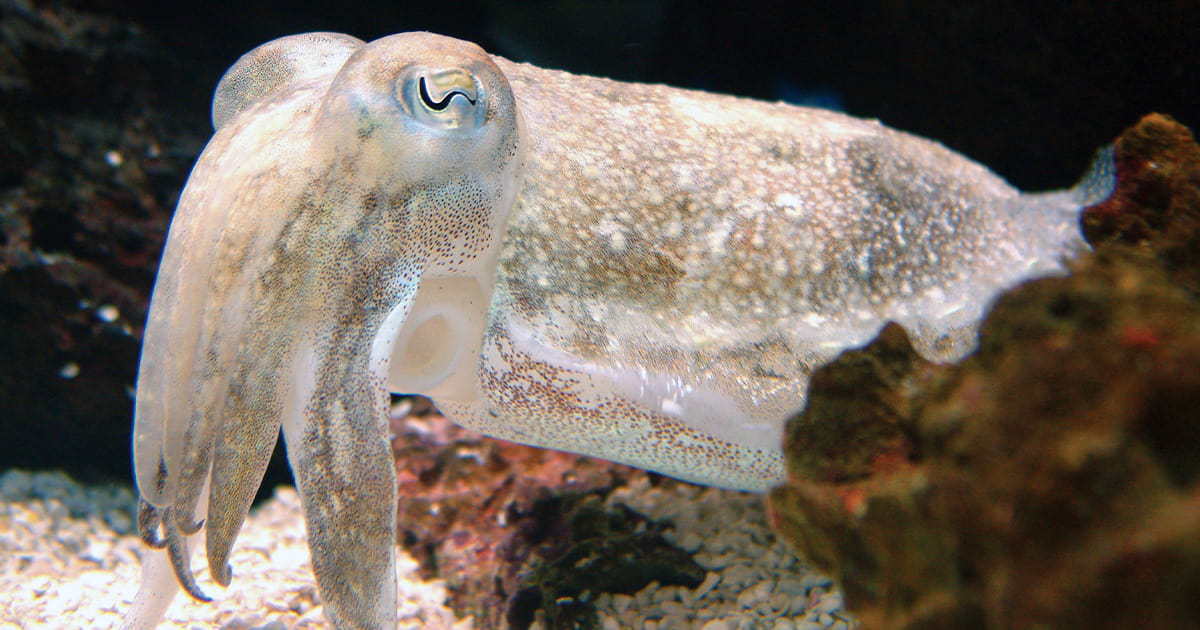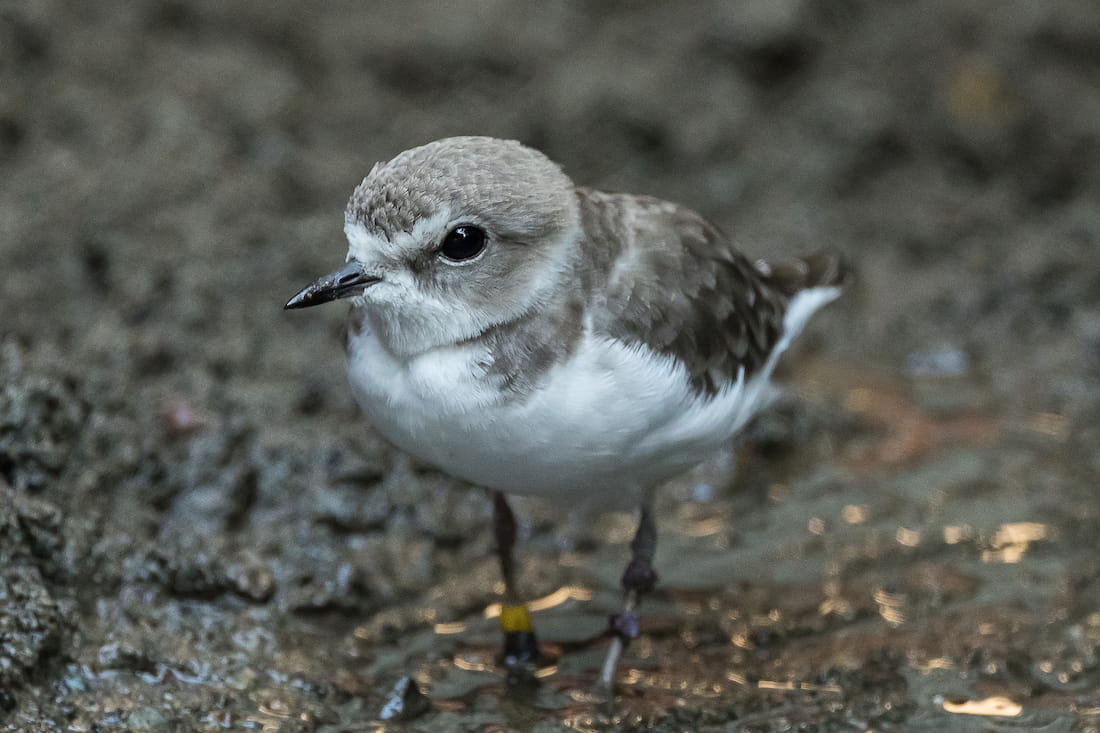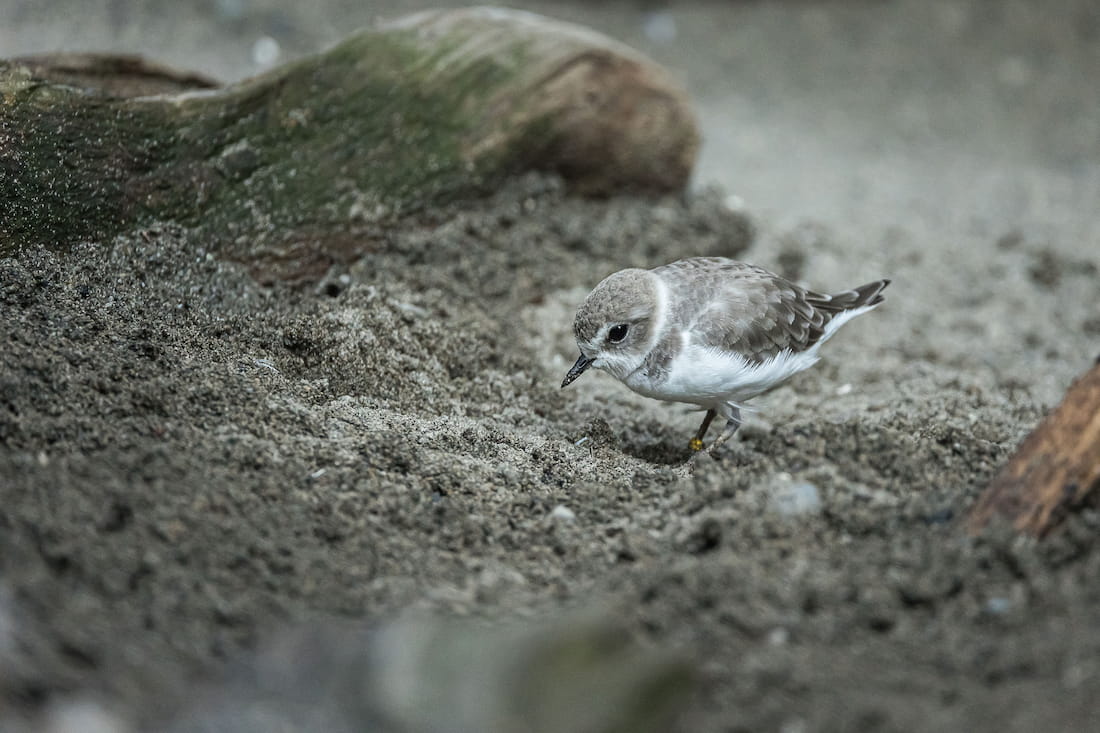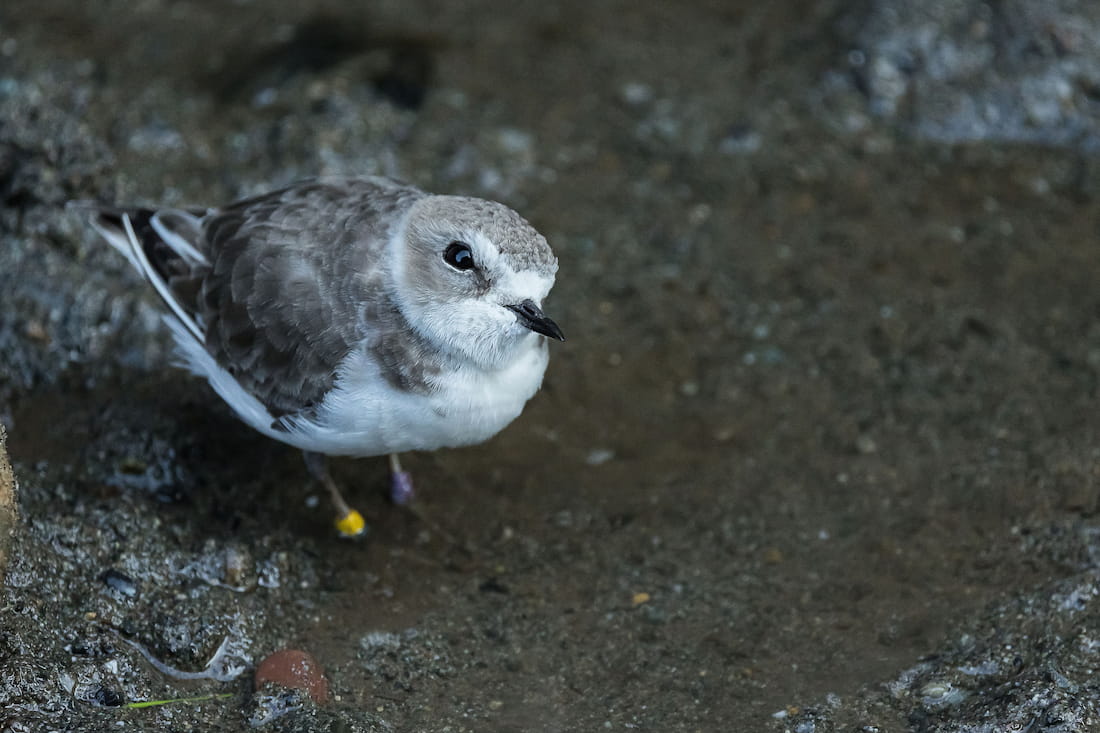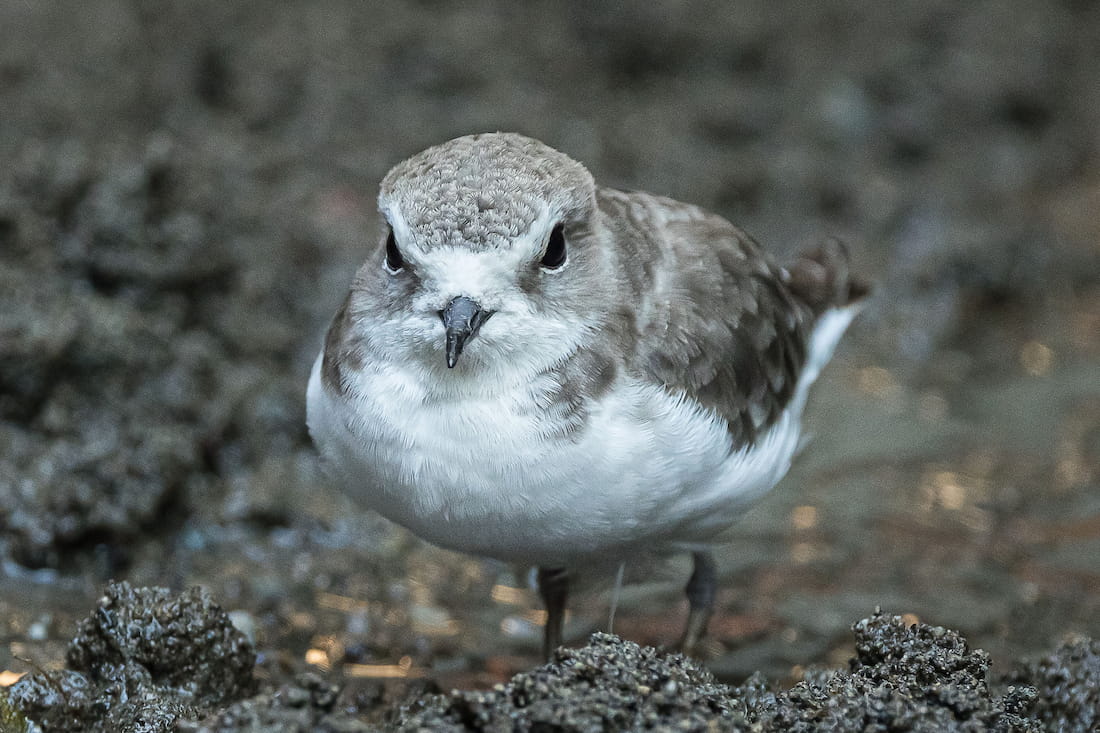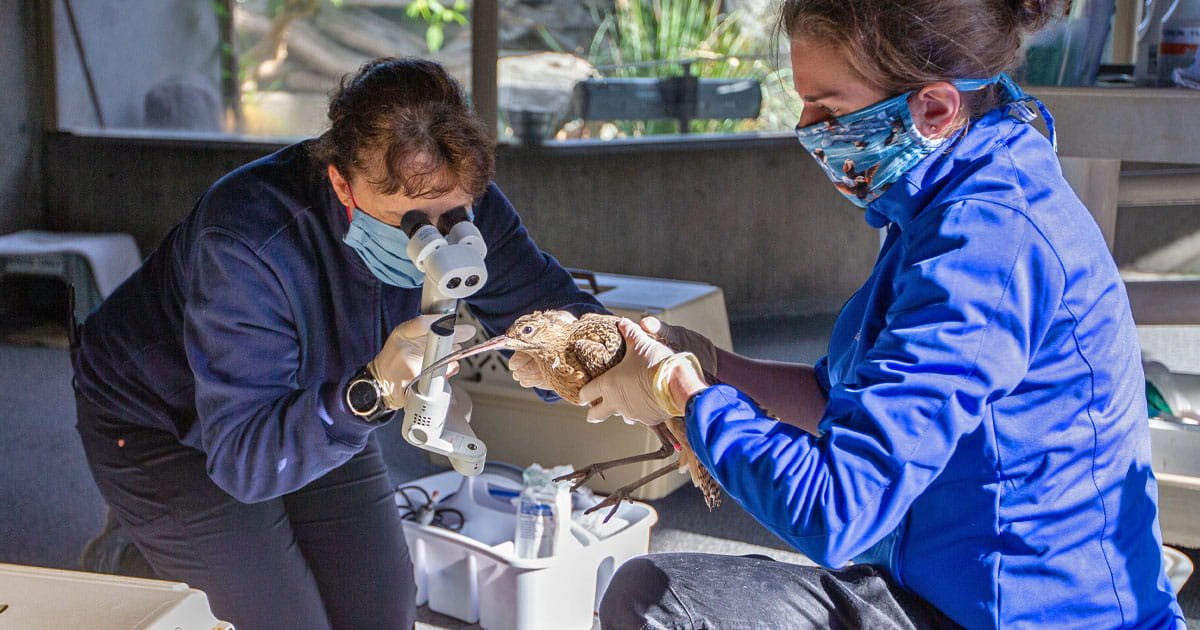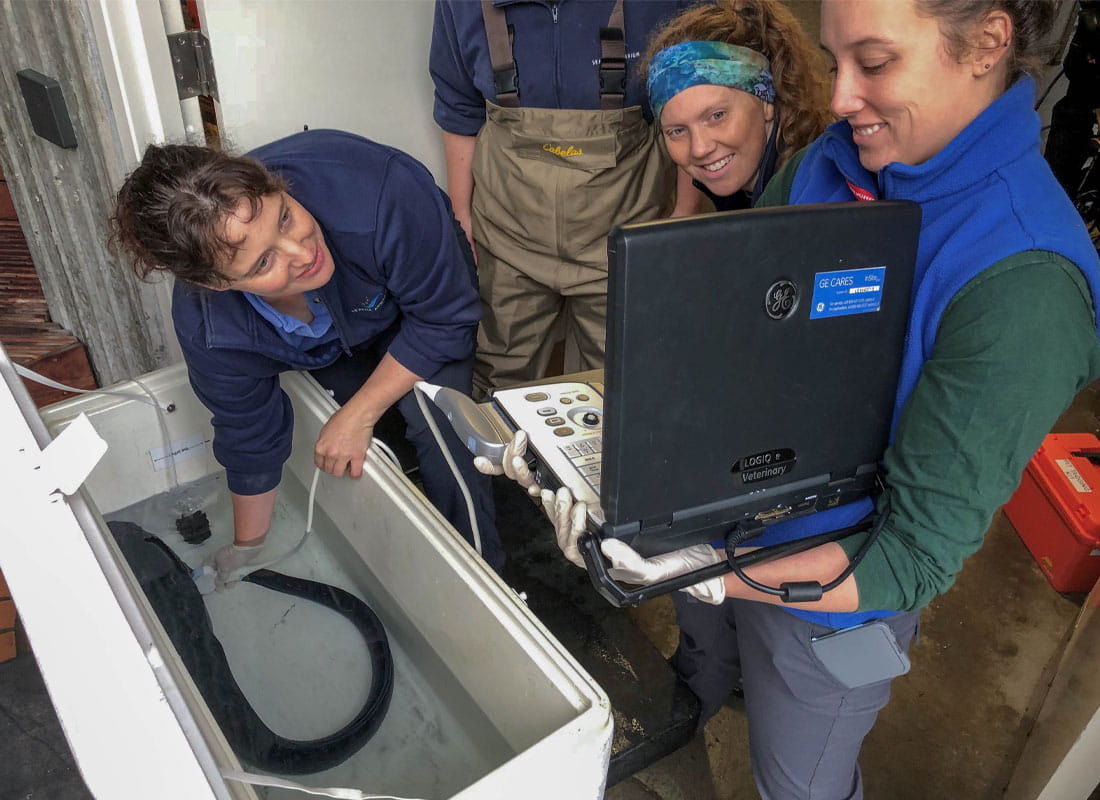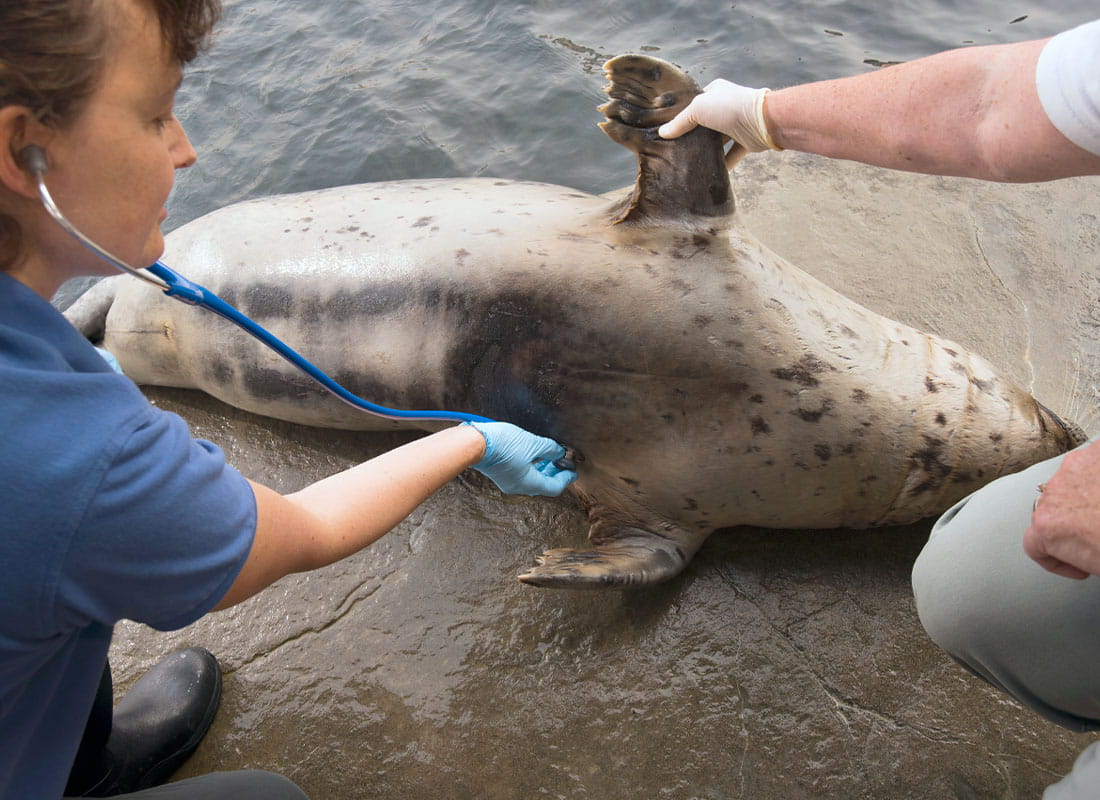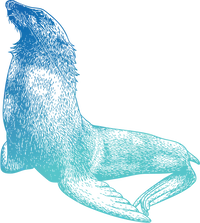Don’t miss “puffin plumage palooza” at the Seattle Aquarium!
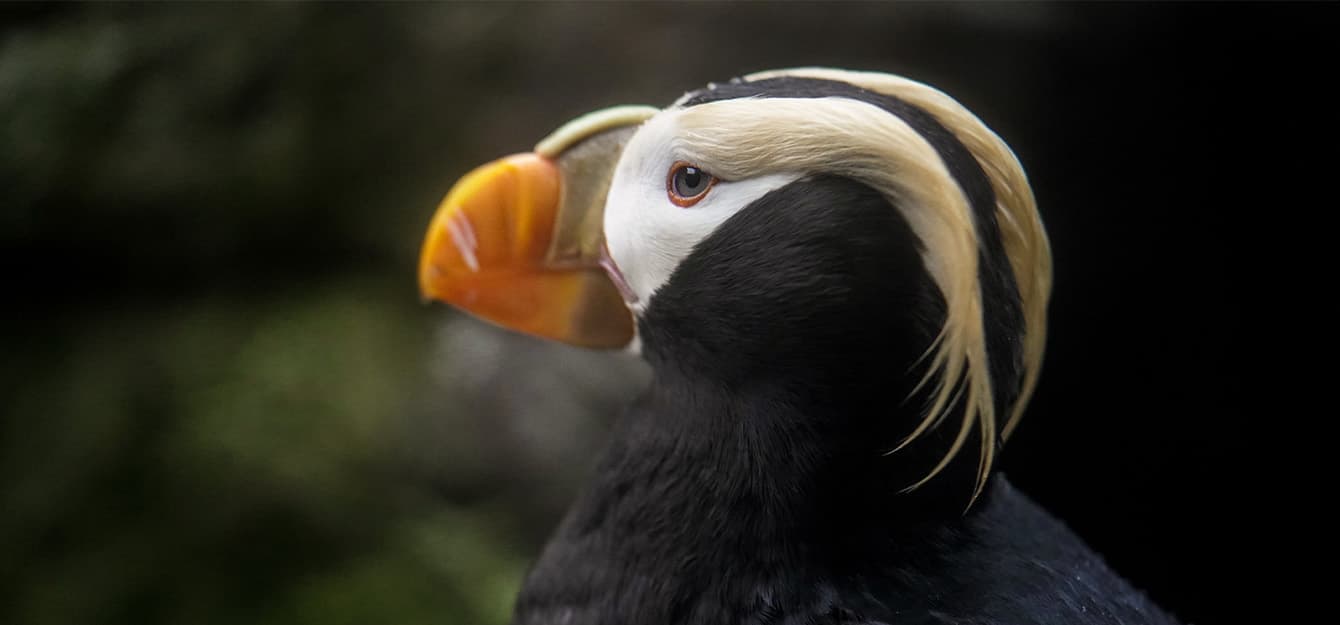
Ahhh, summer in the beautiful Pacific Northwest. Sunshine, blue skies, warming temperatures and…breeding plumage? If you’re a tufted puffin, the answer is yes. These charismatic alcids (or diving birds) are all dressed up for the season—and now is the perfect time to see them!
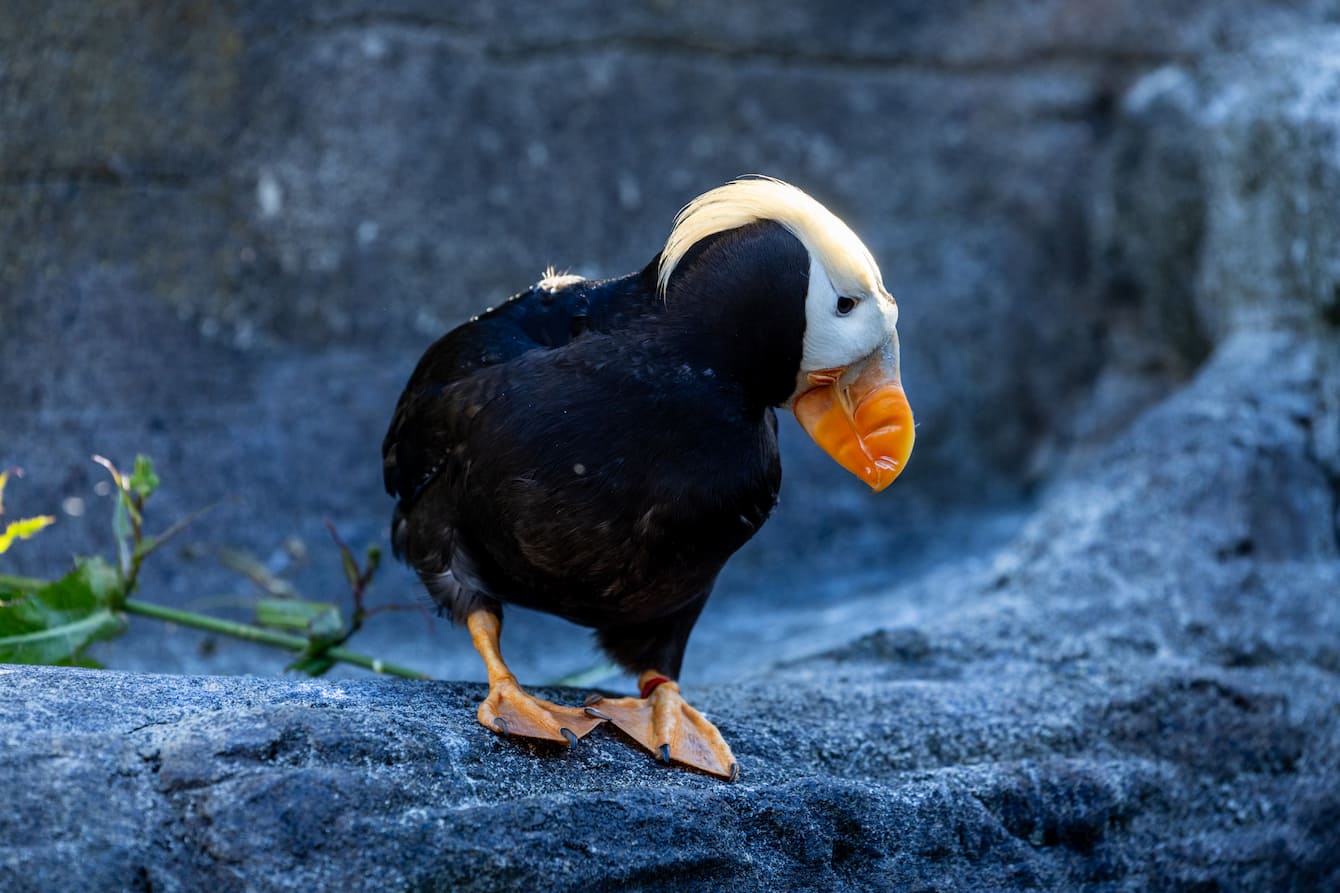
Birds of a feather sticking together
Tufted puffins are sometimes called “the parrots of the sea” because of their dramatic and colorful change in appearance during their breeding season. Beginning at about age 3, both males and females develop a bright orange bill plate (complemented by vibrant orange legs!), a white “face mask” and—our favorite part—distinctive golden tufts above their eyes, also the source of their common name.
These striking features have an important purpose: helping the tufted puffins find a suitable mate. Once together, they often become a bonded pair and form lifetime partnerships. Females typically produce a single egg, which both parents take turns incubating until the chick hatches about six weeks later.
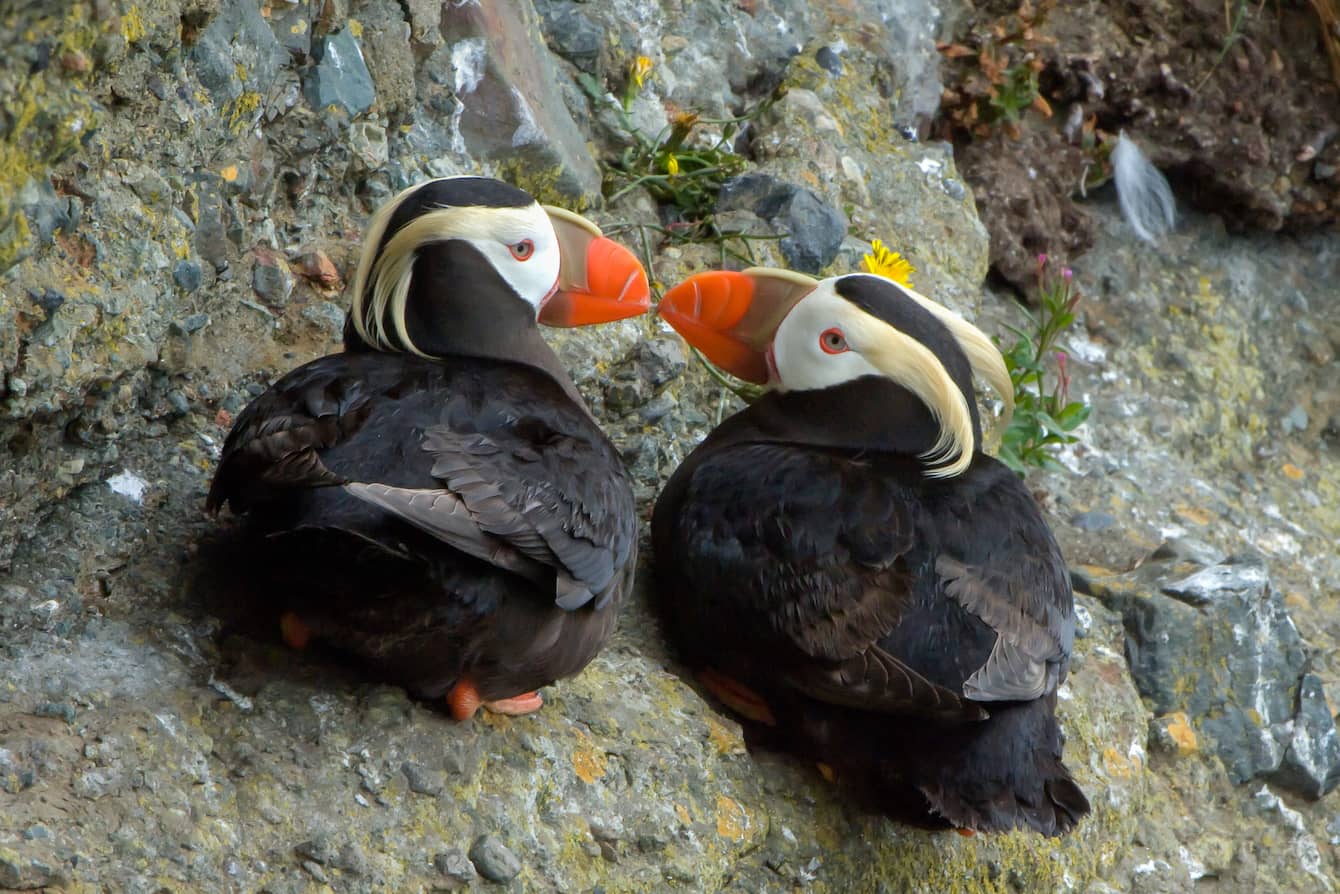
Amazing all year ‘round
Tufted puffins get more muted—but only in appearance!—with the close of the summer breeding season. Their tufts and bill plates fall off, the white mask is replaced with black feathers and their legs return to their typical grayish/brownish color. They’re still absolutely fascinating to watch as they, like all alcids, appear to “fly” underwater while diving for their next meal of small schooling prey such as herring, krill and shrimp.
If hunting solely for themselves, they’ll gulp the food down while still under the surface. But if they’ve been successful during the breeding season and have a chick to feed, they can carry between five and 20 fish back to the nest, held crosswise in their bills!
"Puffin plumage palooza" is waiting for you!
Here at the Seattle Aquarium, we have five tufted puffins in our care. If you’d like to see them in all their colorful glory, now is the time—they typically begin to lose their breeding plumage just as we’re saying goodbye to summer in Seattle, late August or early September.
Plan a visit today to meet the tufted puffins, learn more about them and explore our habitats to find other new favorite marine animals!
